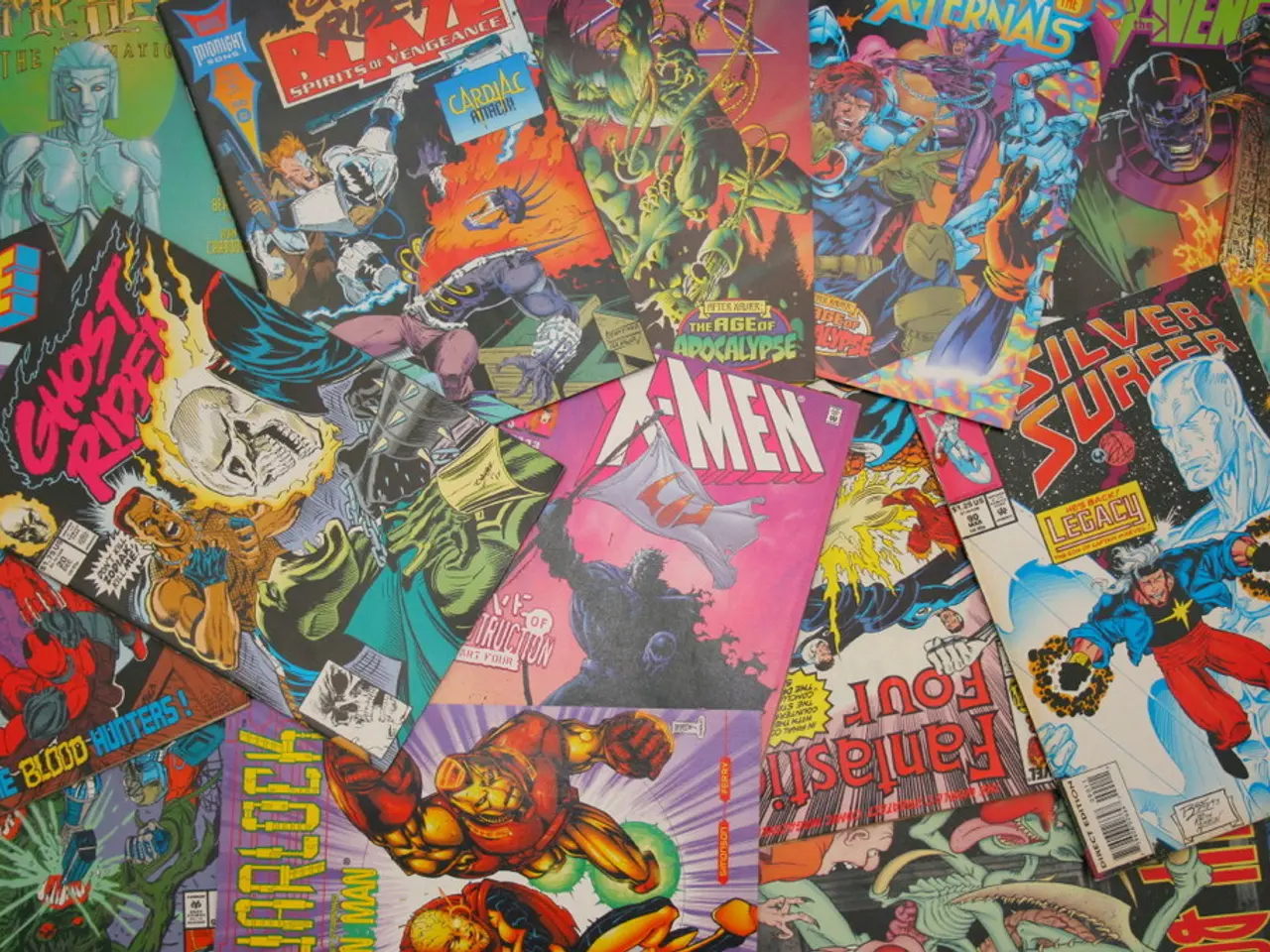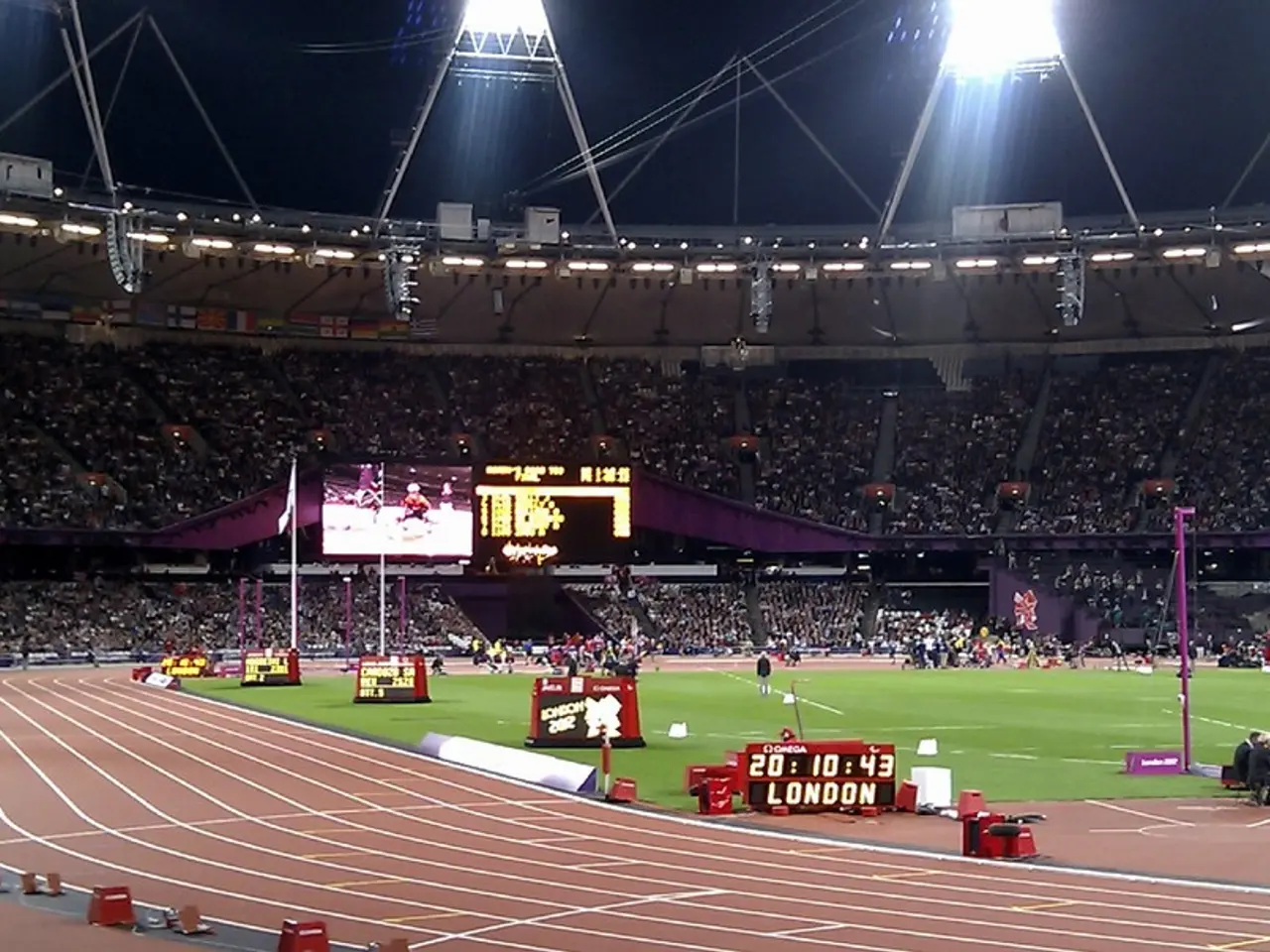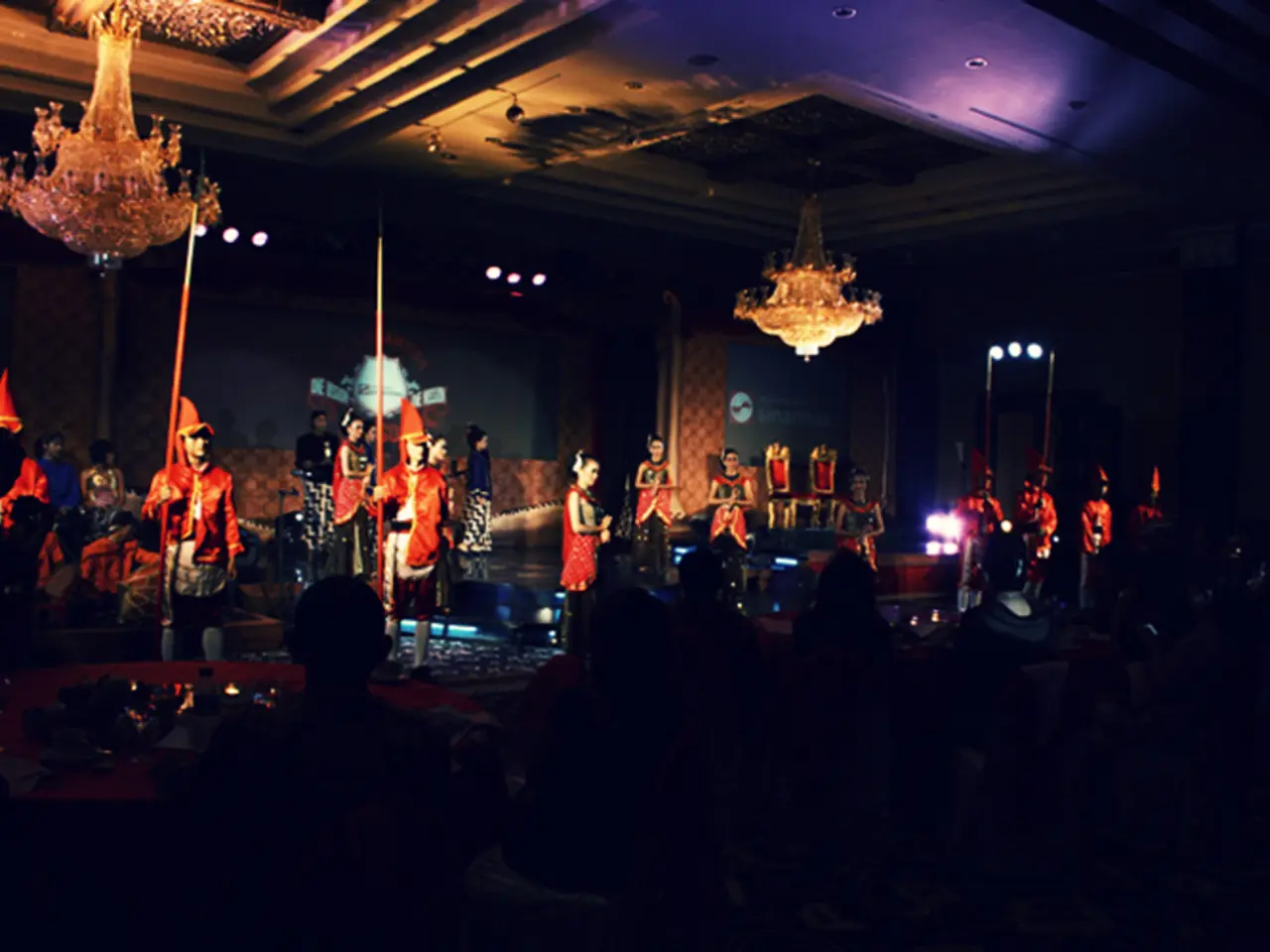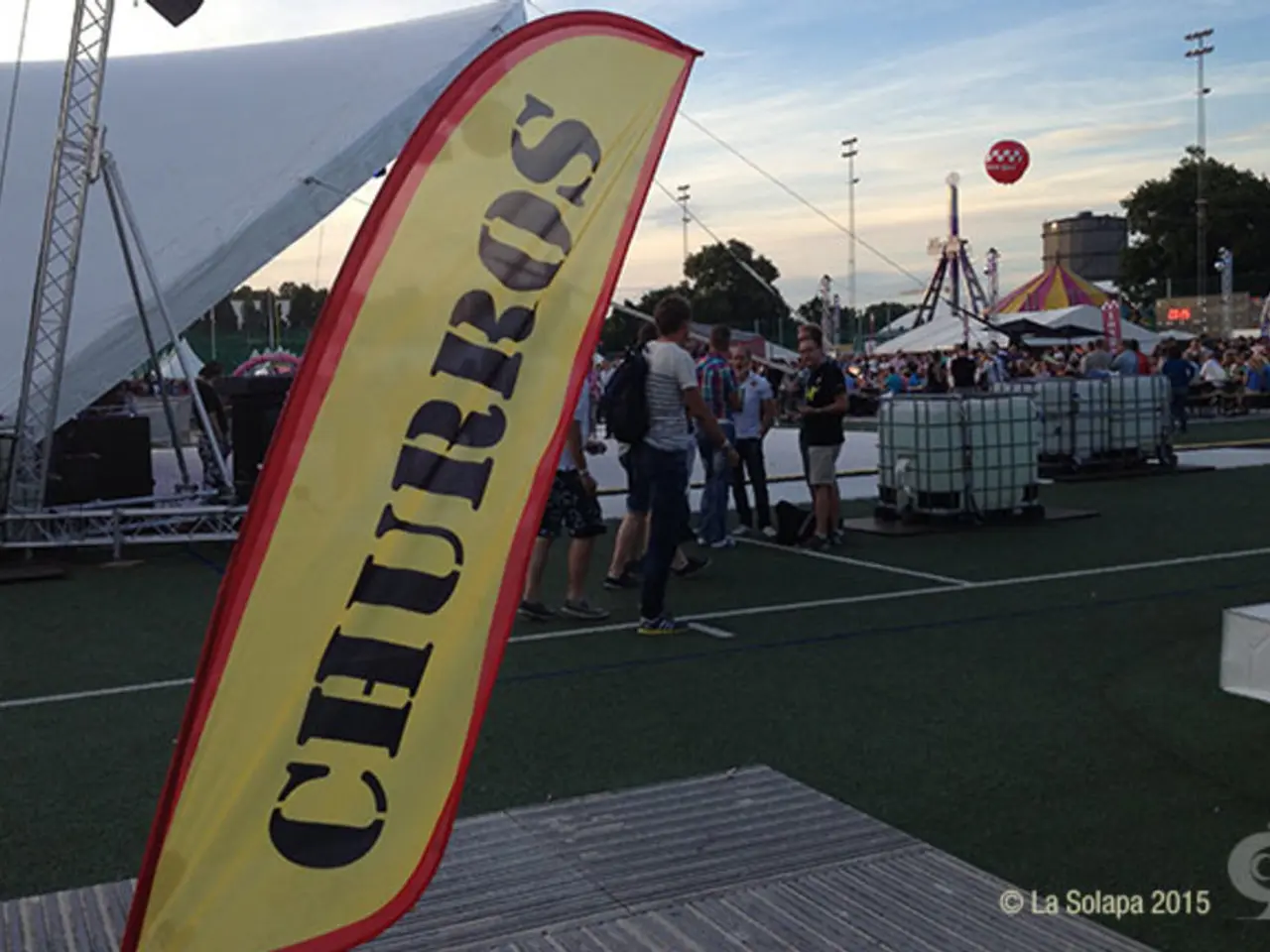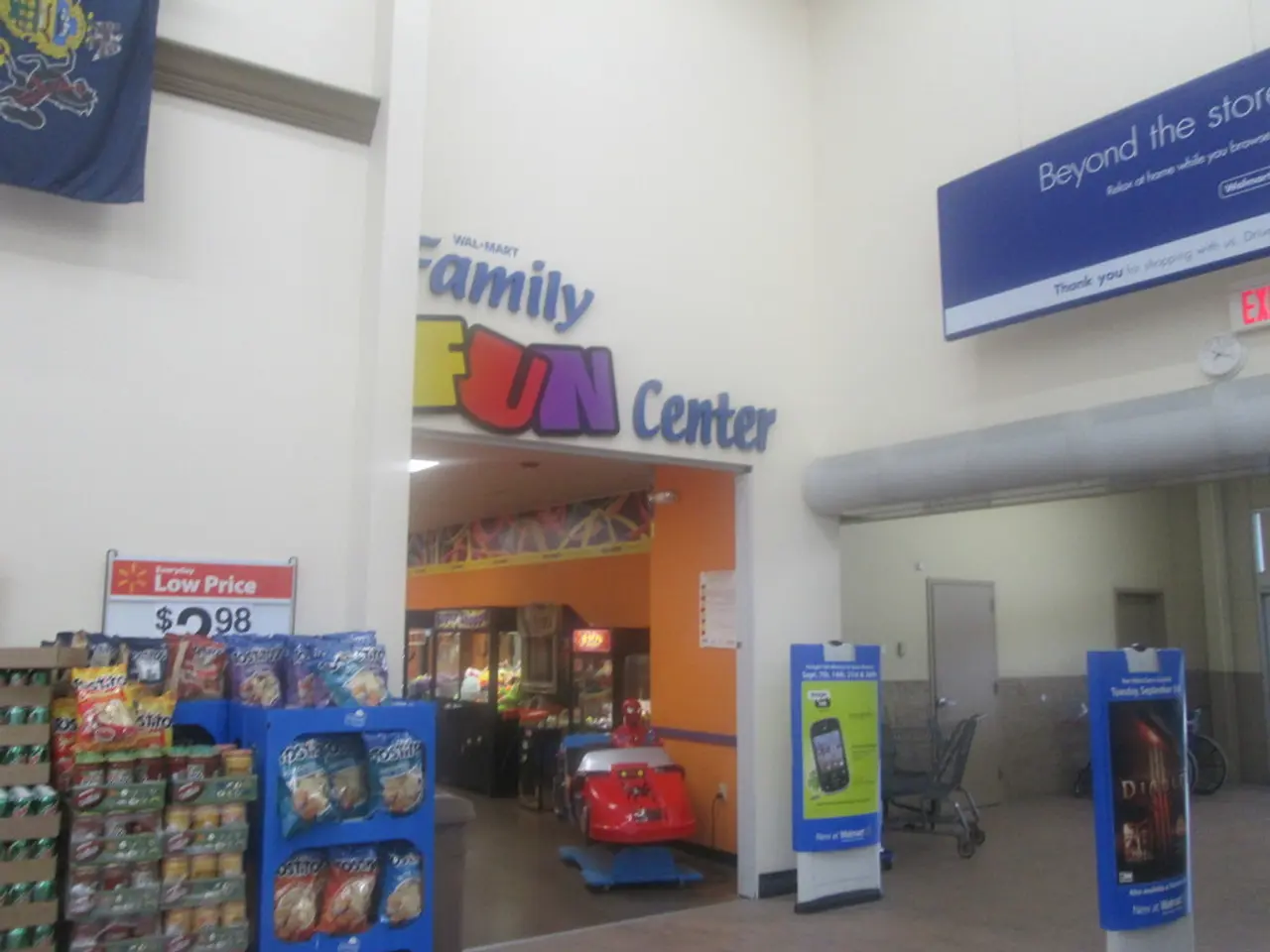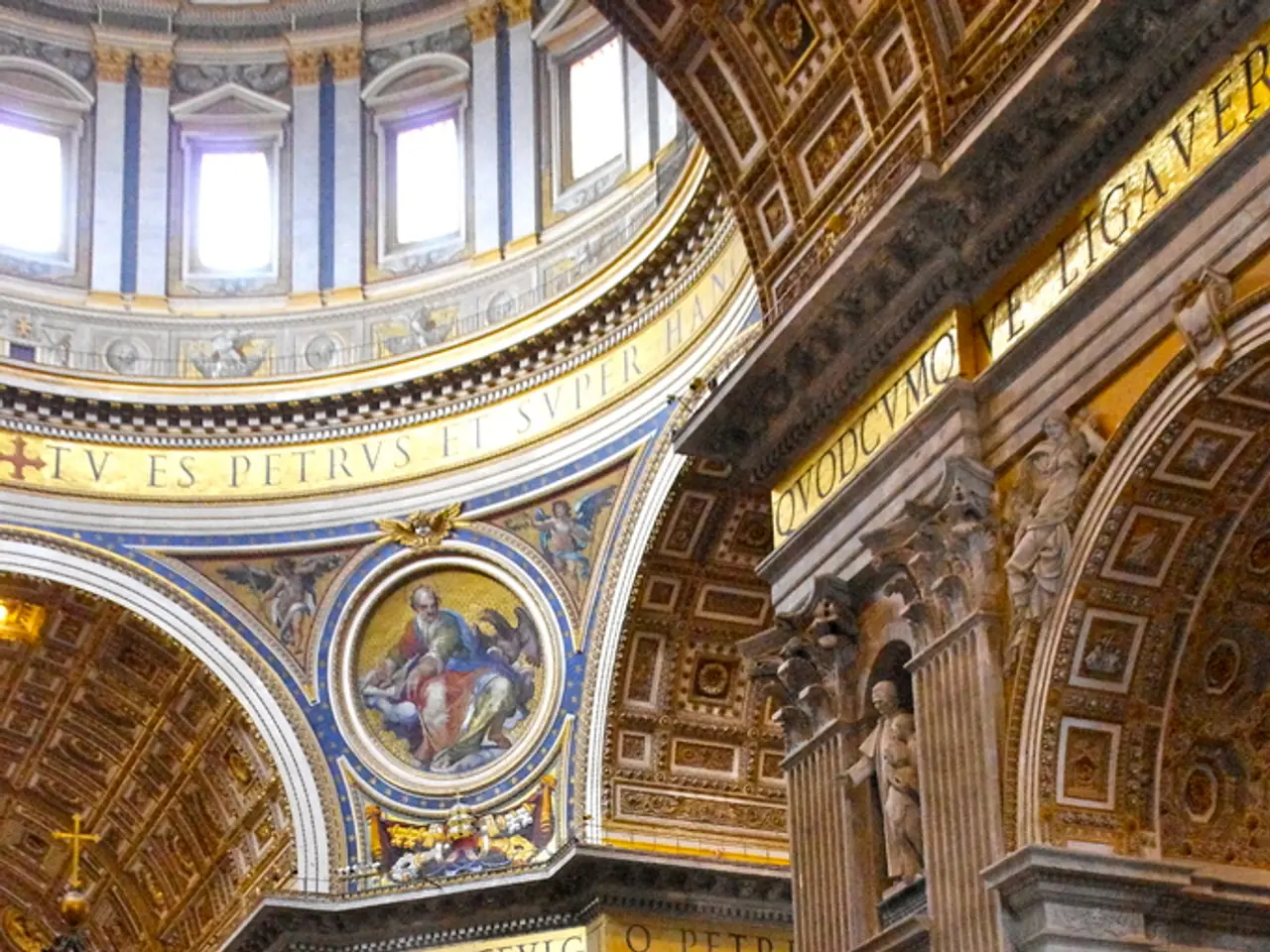Timeless Entertainment: Batman Humor Offering Unending Laughter and Amusement
Batman, the iconic Dark Knight, has undergone a significant transformation in his humor over the years. Originally, the Caped Crusader was known for his campy, lighthearted tone, but this has evolved into a darker, more brooding style in modern comics.
In the 1960s, Batman's humor was deliberately campy, playful, and full of puns, one-liners, and exaggerated reactions. This family-friendly, often silly vibe was a staple of the 1960s TV show and the 1966 movie. The humor was overt and accessible, appealing to a wide audience with a cheerful and sometimes absurd tone.
However, starting in the mid-1980s, Batman's portrayal shifted dramatically. Notable works like Frank Miller’s The Dark Knight Returns (1986) and Alan Moore’s The Killing Joke (1988) embraced a darker, more mature tone. The comics were characterized by grim themes, psychological depth, and moral complexity. Humor became far less overt and more ironic, sardonic, or even bleak—reflecting Batman’s grim worldview and the harsh realities of his world.
Through the 1990s and into the 2000s, Batman continued to be presented as a brooding figure with a dry, cutting wit rather than outright comedic moments. The tone of his stories became darker and more serious, with humor often used sparsely and strategically to underscore tragedy or tension, rather than for light entertainment.
TV adaptations like Batman: The Animated Series (early 1990s) found a middle ground, maintaining reverence for the source material while injecting moments of clever, character-driven humor with wit and warmth. This smart and respectful approach to Batman’s character also influenced related comics like The Batman Adventures and Streets of Gotham, where humor was nuanced and situational rather than slapstick or campy.
In summary, Batman's humor evolved from campy and playful in the 1960s to dark, sardonic, and ironic in the mid-1980s, dry wit and subtle sarcasm in the 1990s and 2000s, and balanced, clever, and character-driven in the 1990s animated series and related comics. This evolution reflects broader changes in comic book storytelling, where Batman transitioned from a campy hero to a complex, darker anti-hero with humor that matches his serious, often tragic persona.
Batman's jokes can be used to lighten up conversations, reminding us of the contrast between his dark and serious persona and his clever humor. Some popular Batman jokes include "Why does Batman always have a pencil with him? To come to his own conclusions!" and "What did Batman tell Robin to do before they got in the car? 'Robin, get in the car!'"
Batman's humor, though often overlooked, is an essential part of his character and contributes to his appeal. His jokes and puns have become a beloved part of his legacy, bringing back happy memories for many fans and evoking nostalgia. Whether it's his interactions with his enemies or his playful banter with Robin, Batman's humor continues to be a source of enjoyment for fans around the world.
- Over time, pop-culture adaptations of Batman, from movies to books, have transformed to reflect his darker, more serious persona, mirroring the evolution in entertainment itself, where a balanced approach to humor has replaced the overt and accessible jokes of the past.
- While Batman's humor in the 1960s was largely slapstick and campy, fitting the era's family-friendly mold, modern comics delve into sardonic and ironic wit, reflecting the complexities of both the character and the history of pop-culture itself.
- From the absurd tones of early movies and TV shows to the nuanced humor of recent comics and animated series, Batman's jokes have become a significant part of pop-culture history, melding seamlessly with music, movies, and the broader realm of entertainment.
